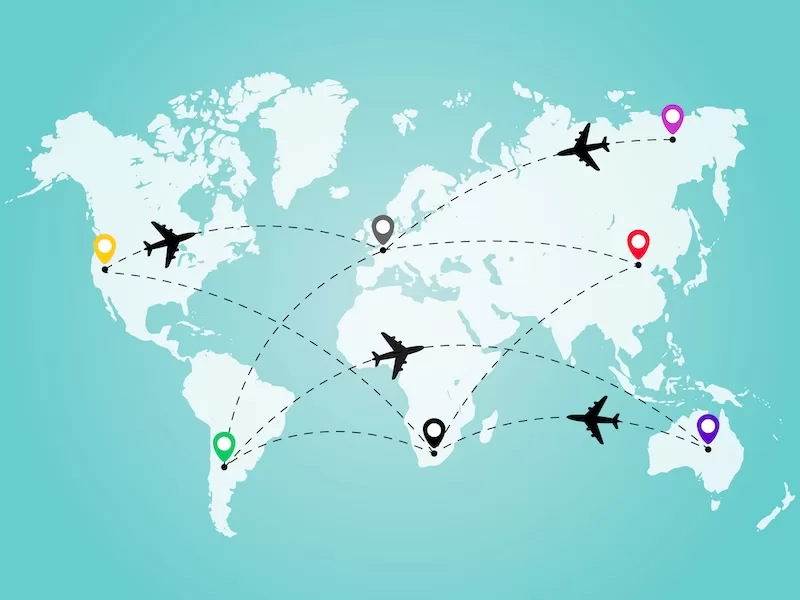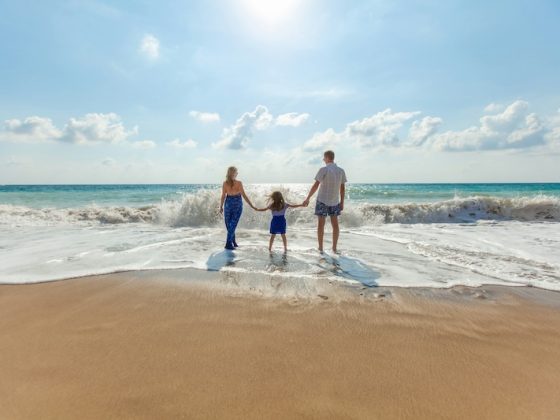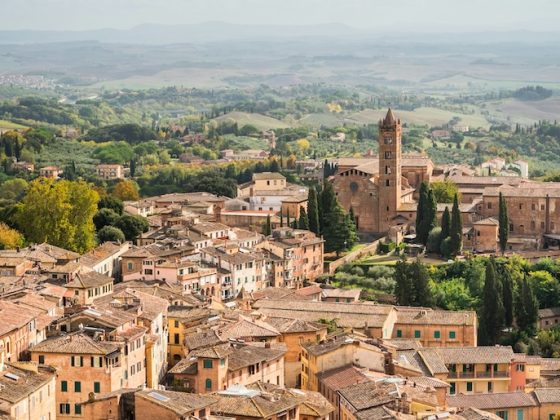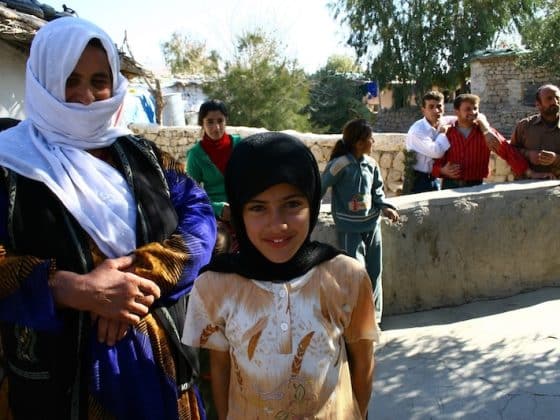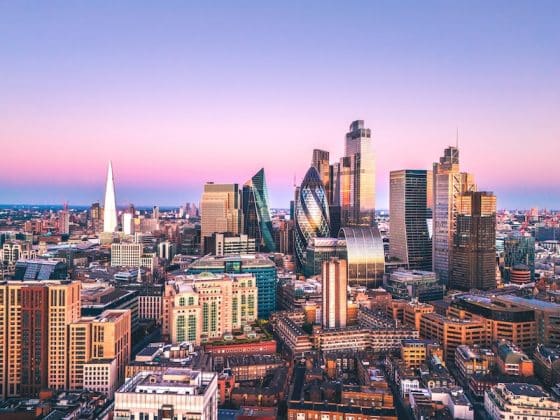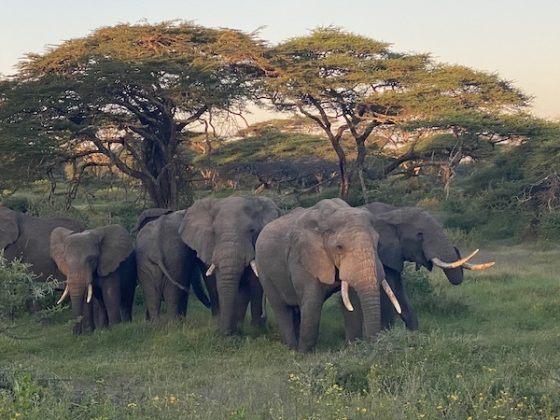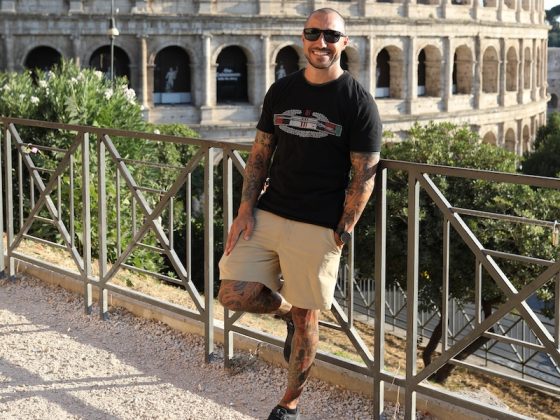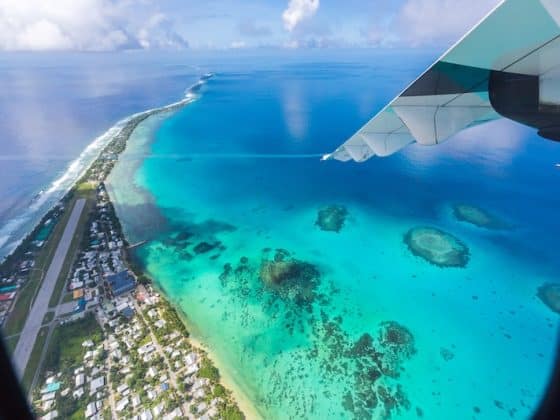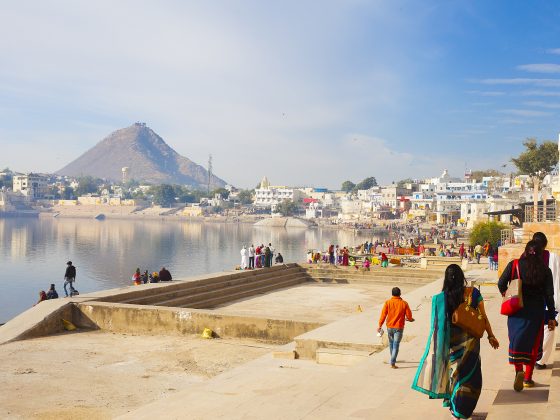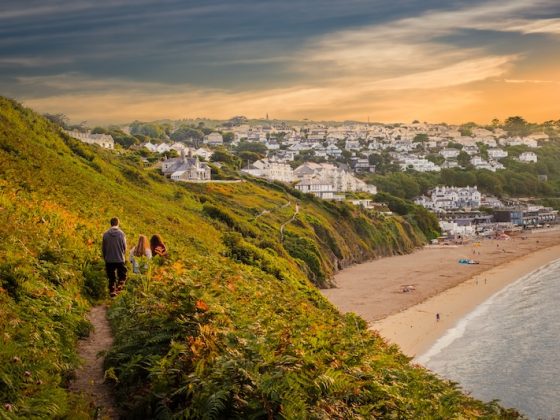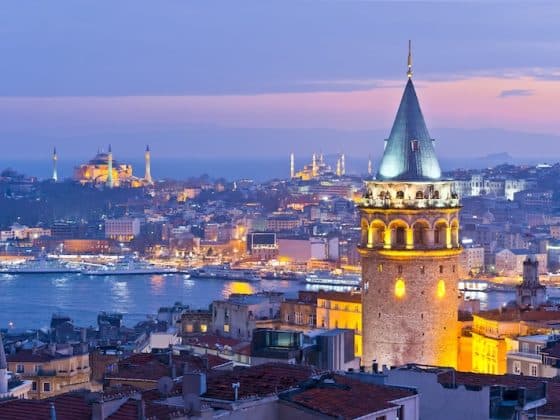Growing up in Turkey, you learn what it means to live life between borders—not always by desire, but often by obligation. It’s a place that gets described, lazily and often, as “where East meets West.” But what that really means is living inside a set of dualities that don’t always resolve.
On one side, rooted culture, ancient empires, and the codes of Sharia-informed societies. On the other, a secular republic, liberalism, skyscrapers, and the aspirations of the so-called modern world. This duality plays out in architecture, in ideology, in dress codes, and at dinner tables. Istanbul sharpens it further: your home might be in Asia, but your school and friends are in Europe. You don’t just cross a city; you cross a continent. You have a life between borders.
And even if you learn to carry all this comfortably, the world outside may still collapse you into a category. In the UK, or most of the West, I’m labeled “Middle Eastern.” But that word carries none of the texture or contradictions of the place that shaped me. It flattens complexity into stereotypes. And when they meet me, they’re shocked: “But you don’t look Turkish.”
Is it fair? No. But it’s revealing. Because the real issue isn’t which label fits best—it’s the fact that we’re still clinging to labels at all, as though a passport or a continent could contain a person.
While we can’t change the fact that there are borders and countries, there are people who grow up within blurred lines—somewhere between cultures, or close to the borders.
Read more like this: Love Across Borders
The Lines That Divide Us
Take Cyprus. Take the France–Italy–Switzerland triangle. Take anywhere where a road can take you to a different place in five minutes. What really separates the people on either side of the border? And if some countries manage peaceful coexistence, why do others—especially across the Middle East—still bleed along imaginary lines?
The truth is, life between borders is political. Humanity is personal. And while we can’t change the fact that there are borders and countries, there are people who grow up within blurred lines—somewhere between cultures, or close to the borders.
Read more like this: Cyprus’s Forgotten North
Journey across the Aegean
I spent my childhood summers on the Aegean and Mediterranean coasts of Turkey. As I grew up, I realized the coast across from us—the people living there—were not at all different from us. On the ferry from Turkey’s Aegean coast to one of the Greek islands, there’s no fanfare, no dramatic change in the coastline. And yet, in that brief journey across the Aegean, you cross not just a maritime border but a swirl of histories, flags, and fault lines that go back centuries. The tea changes flavor. The script on the signs shifts. But the sea stays the same—a blue thread stitching two worlds into something shared.
I’ve long been drawn to borders—perhaps because I was born between them. As a young woman who is Turkish and Portuguese by heritage and British by residence, I measure distances not just in miles but in customs declarations, airport queues, and childhood misunderstandings. I used to think borders were harsh, decisive lines on a map. But the older I get, and the more time I spend in these frontiers, the more I see them as spaces of texture, contradiction, and humanity.
I used to think borders were harsh, decisive lines on a map. But the older I get, and the more time I spend in these frontiers, the more I see them as spaces of texture, contradiction, and humanity.
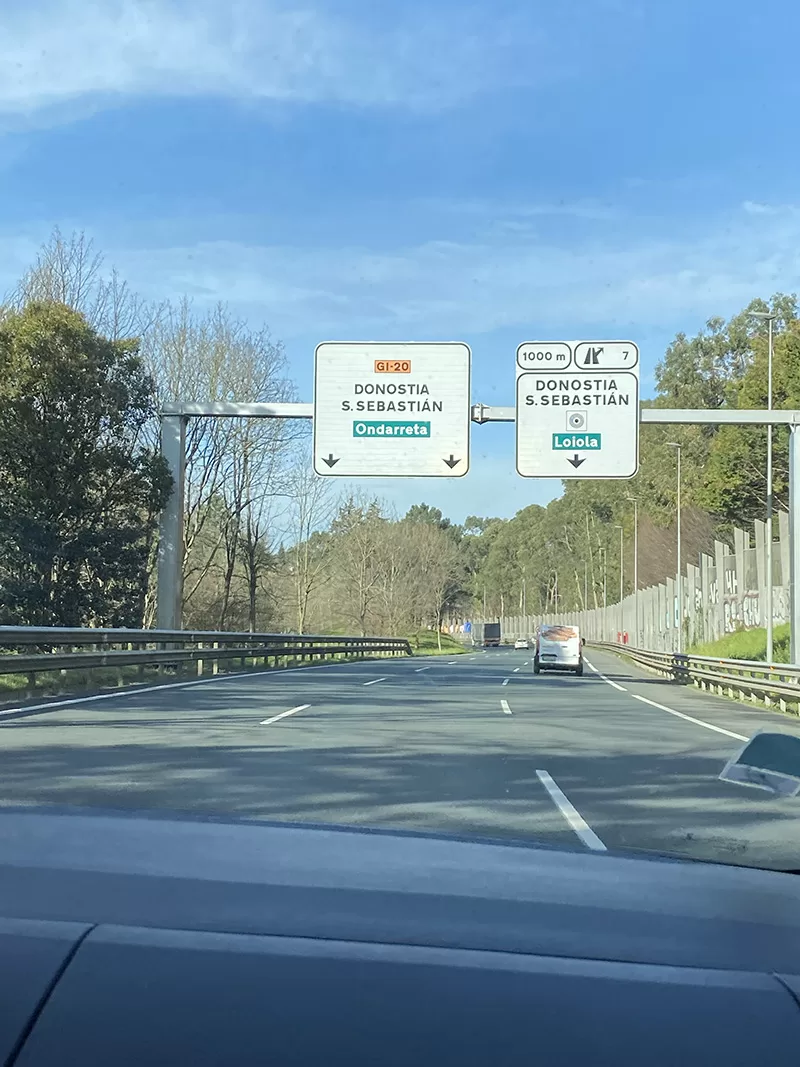
The Places Where Lines Blur
In southwestern France, along the Basque coast, it’s hard to tell where Spain ends and France begins. The region’s identity is Basque first, national second, and while the geography is known as the Basque Country, it isn’t an official state. I met distant relatives of my fiancée there, and they switched between Basque and French with seamless ease. Technically, they belong to France or Spain—or perhaps to a Basque Country that exists more in spirit than on paper.
But what really differentiates them? It’s the same ocean, the same salt air, the same stone villages built for coexistence.
Here, the idea of a border feels fluid, almost irrelevant. People pop over to Biarritz for the market, then head to San Sebastián for lunch. During the Covid-19 pandemic, when the border temporarily closed, it wasn’t inconvenience people spoke of, but disorientation.
But not all borderlands are marked by checkpoints or coastlines. Some are drawn in language, law, or the social fabric of a place. In Quebec, where French and English identities have long existed in uneasy tension, the border isn’t a line on a map—it’s a lived reality.
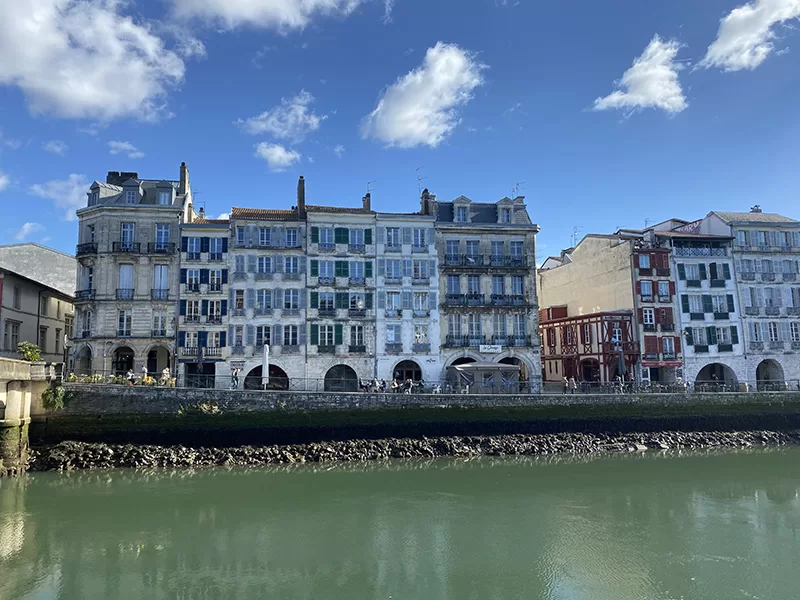
Growing Up Between Languages in Montreal
Jini Reddy was seven when her family moved from London to Quebec, arriving at a time when the province was gripped by a strong separatist movement. She grew up during Bill 101, a language law that made French the sole official language of the workplace, and with it, she learned early how borders could take invisible forms: political, linguistic, and racial.
“As a child, I was caught in the slipstream,” she tells me. “The law aimed to free the province from the English language, but to many Anglophones—especially those of us who weren’t white—it felt like a kind of ethnic nationalism.”
Read more like this: The Untold Story of Expat Kids
Jini, who is of Indian descent and born in the UK to South African Indian parents, remembers how her British and Indian identities were pushed into the background. “We were highly visible Anglophones. My other identities faded almost like recessive genes.” She tried to blend in, suppressing the “un-English” parts of herself—including the food her mother cooked—to navigate daily life in a place that rarely reflected her back.
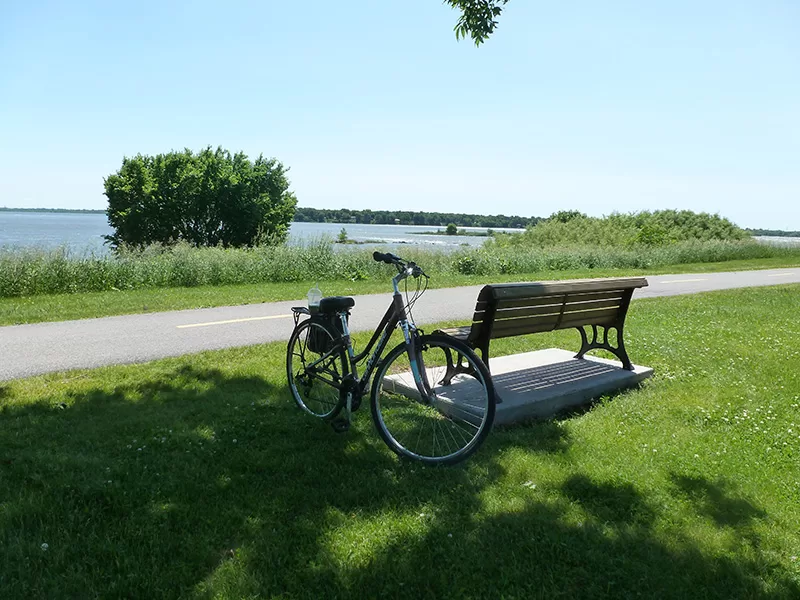
Studying at McGill
Still, moments of togetherness existed too. It wasn’t until CEGEP, Quebec’s unique pre-university program, that she began to make Francophone friends, enroll in a course called La Chanson Québécoise, and discover a love of Quebecois pop. Later, while working in a tourist office and studying at McGill, the barriers softened. “We were just mates,” she says of her Francophone colleagues.
Today, she calls herself a “citizen of the world,” someone who has “more than a single pair of eyes with which to see.” Life between borders, she explains, can be both painful and expansive: “There’s been fragmentation, suppression… but I’ve come to see that the in-between space I occupy is rich and meaningful, a valuable asset in a time of polarization.”
Jini’s story expands the idea of a “border” beyond geography—to language, race, culture, and personal history.
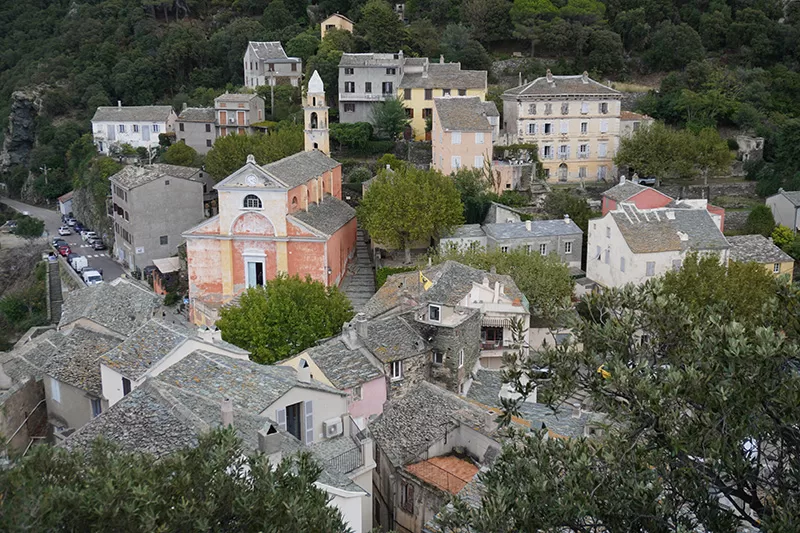
Where Identities Interweave
In the Piedmont Alps near Torino, the French border curls through a landscape of chestnut trees and stone-roofed villages. Years ago, I visited Rivoli, a small town nestled near the borders of France and Switzerland. I remember sitting in the passenger seat of a local woman’s car as she drove me through winding roads, casually mentioning that she crosses these borders often—fluent in Italian, French, and German.
I wondered what it must be like to move so freely, to carry those languages and sensibilities in a single body. Her life, I imagined, was softened and enriched by the cultures surrounding her. If you can’t find something in Italy, France is an hour away. If you don’t feel quite at home in one place, there are options as comforting as a plate of truffle ravioli or a slice of tarte Tatin.
Read more like this: The Best Places to live in the World
Life Between Borders
Of course, life between borders isn’t always idyllic. Bureaucracies tangle, families stretch across systems with clashing rules and expectations. But often, the complexity feels like a fair price for the richness it brings. There’s an intimacy in this doubling—a need to be fluent not just in language but in nuance.
Sometimes, I admit, it’s exhausting. Especially when you’re born in a country like Turkey. I used to tell myself, “I wish I were from Norway—I wouldn’t have to explain everything all the time.” But over time, I realized that complexity is its own kind of gift. Being in-between can be confusing, but it’s never boring.
In Turkish and Greek coastlines, step into the kitchen of any grandmother and you’ll find bottles of extra-virgin olive oil, ingredients like mastic and dried peppers. Music and melodies echo each other so closely that sometimes it’s hard to tell the difference. There’s a shared culture of melancholy on both sides of the Aegean tavern table. The only things that differ are language and religion—and even those, mostly on paper and in politics. Bring a Greek and a Turk together, and they’ll understand each other even if they don’t speak the same tongue.
Over time, I realized that complexity is its own kind of gift. Being in-between can be confusing, but it’s never boring.
The Subtle Frictions of Life Between Borders
Of course, not all borders are benign. In divided cities like Nicosia or Jerusalem—or towns along the US–Mexico border—the line can be a wound, sometimes invisible, sometimes militarized.
Even in softer settings, borders can cut. Take Brexit, for instance. It disrupted routines that once felt effortless. British people used to cross the Channel for a bottle of wine or a French market run; now, customs checks, import limits, and shifting rules make the act feel almost illicit. Even pets weren’t spared—today they need their own passports, and entry requirements differ from country to country.
But people adapt to life between borders. They find quiet ways to reclaim continuity. A bakery in Kent starts making croissants to rival Calais. A corner shop in Dorset begins stocking Italian limoncello, just because. These are tiny acts of resistance—or perhaps just affection. Either way, they remind us that culture is porous, no matter how thick the lines.
At the heart of these encounters is a kind of generosity—a willingness to live in ambiguity. To belong in two places, or none.
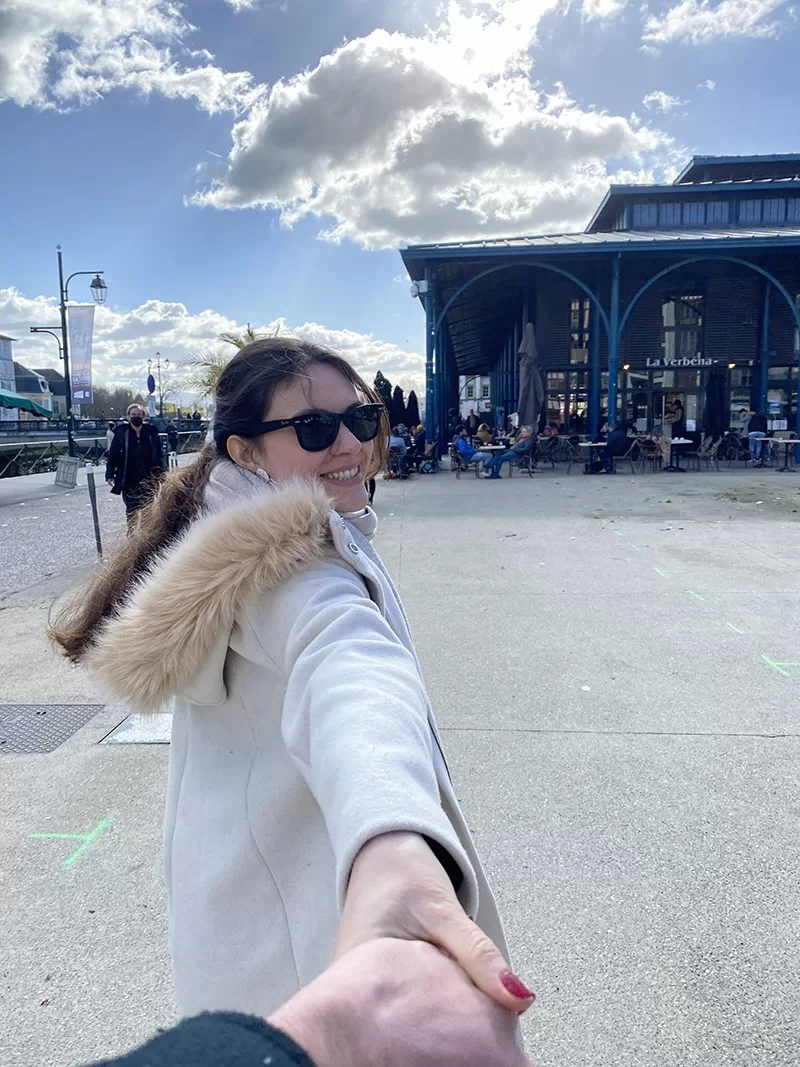
Between Lines, A Kind Of Freedom
At the heart of these encounters is a kind of generosity—a willingness to live in ambiguity. To belong in two places, or none. To speak in hybrid tones. For those of us with layered identities, these borderlands feel like home because they mirror our own interior geographies.
You learn to code-switch. And in doing so, you become a better listener. A more careful observer. You stop assuming that one way of being is the only way.
The richest stories aren’t found in the center, but at the edges.
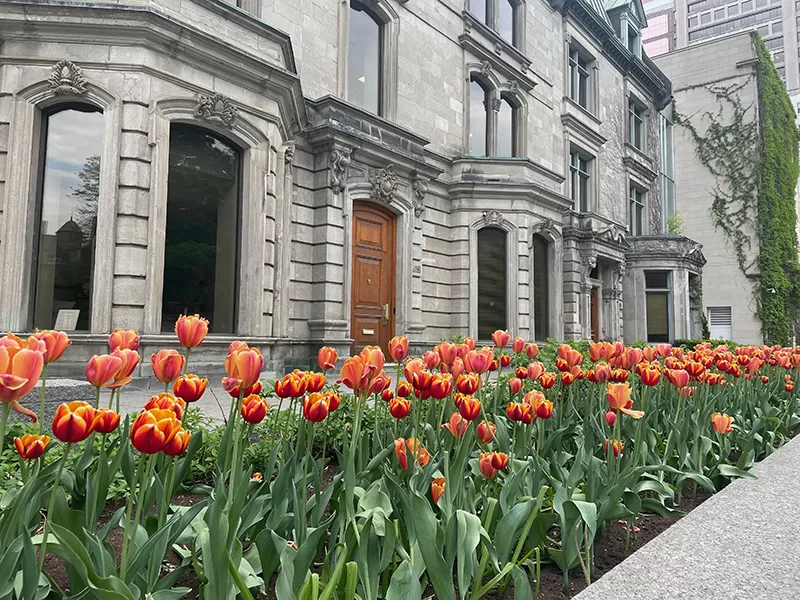
About the Author
Istanbul-born Mergim Ozdamar is a London-based marketing consultant and freelance writer with a passion for food, culture, and travel. She is the editor of The Mediterranean Magazine.
Contact Author
"*" indicates required fields
Stay Ahead on Every Adventure!
Stay updated with the World News on Escape Artist. Get all the travel news, international destinations, expat living, moving abroad, Lifestyle Tips, and digital nomad opportunities. Your next journey starts here—don’t miss a moment! Subscribe Now!
